Summary: The podcast episode explores how GuildOne is using blockchain technology to address the lack of transparency and trust in the carbon offset market. By combining private and public blockchains, GuildOne has developed a system to securely record and verify carbon reduction projects, and then make those verified credits accessible to a wider range of buyers and sellers. The speakers discuss how this technology has the potential to empower individuals and smaller organizations to participate in carbon markets, and could lead to a more unified, standardized global approach to fighting climate change.
Chapters:
-
Introduction to Carbon Offsets and Transparency Issues (00:00:00) – The hosts discuss the challenges of trying to offset one’s carbon footprint and the lack of transparency in the carbon markets.
-
Blockchain Technology and Its Potential (00:00:57) – The hosts explain the basics of blockchain technology and how it could help address the transparency issues in carbon markets.
-
Guild One’s Approach Using Private and Public Blockchains (00:01:28) – The hosts describe how Guild One is using a private blockchain (Corda) and a public blockchain (Cardano) to create a more secure and transparent system for carbon credits.
-
The V-Ten N Platform and Verified Carbon Credits (00:02:14) – The hosts explain how the V-Ten N platform on the Corda blockchain is used to record and verify carbon reduction projects, creating digital carbon credits.
-
Bridging the Gap Between Private and Public Blockchains (00:04:08) – The hosts discuss the T-Ten N system that allows the verified carbon credits from the Corda blockchain to be represented as tradable tokens on the Cardano public blockchain.
-
Increasing Accessibility and Empowering Individuals (00:07:07) – The hosts explain how this blockchain-based system can make carbon markets more accessible to individuals and smaller organizations, empowering them to participate in environmental solutions.
-
Potential for Broader Applications and Transforming Society (00:08:49) – The hosts explore how this technology could be applied to other sustainability areas and its potential to fundamentally change how we approach environmental issues.
INTEROP : GuildOne Bridge for Cardano & Corda
In this episode, we dive deep into the work of GuildOne, a company using blockchain technology to revolutionize carbon markets. They explore how GuildOne’s platforms Corda and Cardano are bringing transparency and accessibility to an industry that has historically struggled with trust and accountability.
Main Topics Discussed
- Overview of blockchain technology and how it can improve carbon markets (00:00:57 – 00:02:14)
- Explanation of GuildOne’s V10N platform, which uses the Corda blockchain for secure environmental project data tracking (00:02:14 – 00:03:46)
- Description of the T10N system that bridges the Corda and Cardano blockchains to create tradable carbon credit tokens (00:03:37 – 00:06:29)
- Benefits of this blockchain-based system for increasing transparency, accessibility, and trust in carbon markets (00:06:29 – 00:08:46)
- Potential for this technology to unify and scale global carbon markets to better fight climate change (00:08:49 – 00:10:41)
- Vision for a future where environmental sustainability is the default, not just an aspiration (00:10:41 – 00:12:07)
Key Terms & References
- Blockchain: A decentralized, digital ledger that records transactions across many computers in a network.
- Corda: A private blockchain platform developed by R3 for secure data sharing between organizations.
- Cardano: A public blockchain platform focused on transparency and scalability.
- Carbon Credits: Certificates representing the reduction or removal of one ton of carbon dioxide emissions.
- V10N: GuildOne’s platform built on Corda for tracking environmental project data.
- T10N: GuildOne’s system for bridging verified carbon credits from Corda to the Cardano public blockchain.
-
“Imagine a system where every transaction is recorded and verified by a whole network of computers.”
-
“It’s all about bridging the gap between those two worlds.”
-
“Think real time updates on tree growth, soil health, all sorts of stuff. No more relying on outdated manual reports or wondering if the data is totally accurate.”
-
“It’s like having this permanent tamper proof record of each credits origins so you can trace it back to the source. Like a family tree for carbon credits.”
-
“Imagine, right, you can check your bank balance online anytime and see where your money is, right? Well picture that. But for carbon, like, you wanna know if a company’s actually offsetting their emissions like they claim they are, you could actually track it.
-
“Imagine reducing your environmental impact isn’t just like the right thing to do, but it makes economic sense too. That’s a whole different ballgame.”
-
“Imagine going to the store and you can see the environmental impact of, like, a carton of eggs or a pair of jeans right there on the shelf. Or what if you could hold, I don’t know, a mining company accountable for their, you know, big environmental promises? This technology, it could make all of that a reality.”
What is the GuildOne Corda Cardano tokenization bridge?
The GuildOne tokenization bridge is a groundbreaking integration between R3’s Corda, a permissioned blockchain, and the Cardano blockchain, a public blockchain platform. This bridge enables the seamless creation of public, tokenized assets using data managed on Corda and leveraging the transparency and accessibility of the Cardano blockchain.
What problem does the GuildOne Corda-Cardano tokenization bridge solve?
The bridge addresses the growing need for interoperability in the blockchain solutions for the carbon market. With the market expected to reach $765 billion, secure and transparent asset transfer between private and public blockchains is essential for scaling and trust. The bridge allows enterprises to maintain data privacy on a permissioned blockchain while benefiting from the transparency and liquidity of a public blockchain for their carbon credit tokens.
How does the tokenization process work?
The process starts with project owners submitting carbon credit data to the V10N platform, Guild 1’s Corda-based verification platform. After third-party verification, a Corda token representing the credit is created. Project owners can then opt to mint these credits as Cardano tokens through their V10N account interface. This triggers the T10N interface, a secure RESTful API, to transfer the token data to the Cardano blockchain while creating an encumbrance token on Corda to prevent double-spending.
What is the role of V10N in this process?
V10N is a permissioned blockchain platform built on Corda that handles the verification and initial tokenization of carbon credits. It ensures data privacy, security, and compliance before transferring verified token data to the Cardano blockchain through the T10N interface.
What is the role of T10N in this process?
T10N acts as the bridge between V10N and the Cardano blockchain. It facilitates the secure transfer of verified token data from Corda to Cardano, manages key pairs, creates wallets on Cardano, and ensures data traceability between the two platforms.
What are the benefits of using Cardano for carbon credit tokenization?
Cardano provides a public and transparent platform for tokenized carbon credits, enhancing their accessibility, liquidity, and tradability. The decentralized nature of Cardano also increases trust and security in the carbon credit market.
What are the benefits of maintaining the initial data on the Corda platform?
Corda allows for secure management of sensitive data, compliance with industry regulations, and integration with existing enterprise systems, making it an ideal platform for the initial verification and tokenization process.
What are some of the use cases for this technology?
The GuildOne Corda Cardano tokenization bridge can be utilized in various sectors, including:
- Energy sector: Tokenizing carbon credits from energy projects.
- Government and financial services: Facilitating emissions trading schemes.
- Nature-based solutions: Supporting regenerative finance initiatives.
Revolutionizing Carbon Markets with Blockchain Bridge Technology
Tackling the Challenges of Carbon Offsets
Have you ever tried to offset your carbon footprint, only to find yourself lost in a maze of different programs and wondering if those carbon credits are even legitimate? You’re not alone. The world of carbon markets has long been plagued by a lack of transparency and trust, making it difficult for individuals and businesses to make a meaningful impact on the environment.
Introducing GuildOne: Blockchain-Powered Carbon Solutions
But what if there was a better way? Enter GuildOne, a company that’s using blockchain technology to revolutionize the carbon market. By leveraging the power of distributed ledgers, GuildOne is creating a system that promises to bring unprecedented transparency and security to the world of carbon offsets.
The Power of Blockchain: Secure and Transparent Record-Keeping
At the heart of GuildOne’s approach are two distinct blockchain platforms: Corda, a private blockchain, and Cardano, a public blockchain. These two systems work in tandem to create a comprehensive solution for carbon market participants.
The Corda blockchain, often described as a “secure vault,” serves as a secure record-keeping system for environmental projects. Companies can submit detailed data about their carbon-reducing initiatives, such as tree-planting efforts, to the V10N platform, which runs on Corda. This data can be fed directly from sensors and devices in the field, ensuring real-time updates and eliminating the need for manual reporting.
Bridging the Gap: Verified Carbon Credits on the Cardano Blockchain
But the story doesn’t end there. Once a project’s data has been verified and validated through a rigorous process, the corresponding carbon credits are then represented as digital tokens on the Cardano blockchain, a public marketplace. This process, known as T10N, allows these verified carbon credits to be traded and exchanged, making them accessible to a wider audience.
Preventing Double-Spending and Ensuring Authenticity
To prevent any potential fraud or double-spending, GuildOne has implemented a clever system. When a carbon credit token is moved from the Corda blockchain to the Cardano blockchain, the original credit is temporarily locked, ensuring that no unauthorized copies can be created. This synchronization between the two blockchains is a crucial safeguard, guaranteeing the authenticity and integrity of the carbon credits.
Empowering Individuals and Communities
The implications of this blockchain-powered carbon market go far beyond just big corporations. GuildOne’s vision is to empower individuals, local communities, and even startups to participate in the carbon market. Imagine a world where you can easily track the environmental impact of your purchases or investments, or where indigenous groups in the Amazon can earn carbon credits for protecting their forests.
Towards a Unified Global Carbon Market
But the potential impact of GuildOne’s work extends even further. By creating a more standardized and interconnected carbon market, the company aims to address the current patchwork of regional and national systems, which can be confusing and inefficient. A unified global carbon market could lead to greater competition, more efficient pricing, and ultimately, a more significant impact on reducing global emissions.
The Future of Sustainability: Blockchain-Powered Transparency
As we look to the future, the possibilities presented by GuildOne’s blockchain-based carbon solutions are truly exciting. Imagine a world where being environmentally conscious isn’t just a noble goal, but the obvious choice – where sustainability is the starting point, not the end game. This technology has the potential to transform how we value and protect our planet, empowering each of us to make a tangible difference.












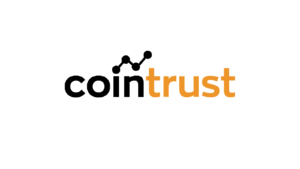
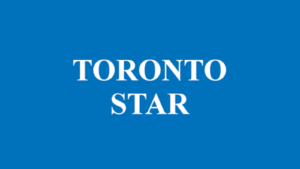
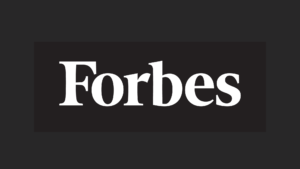

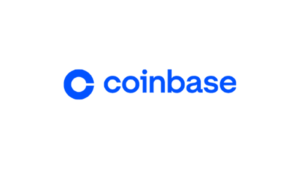
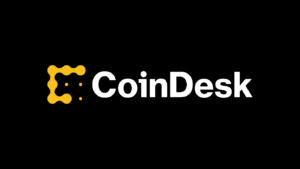
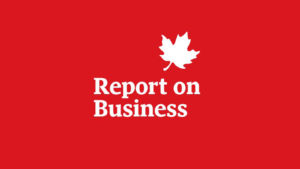
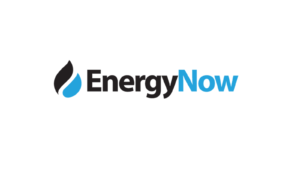


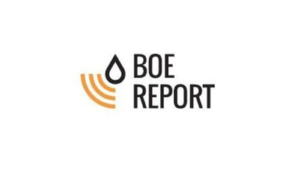


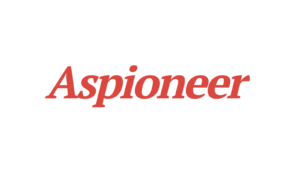

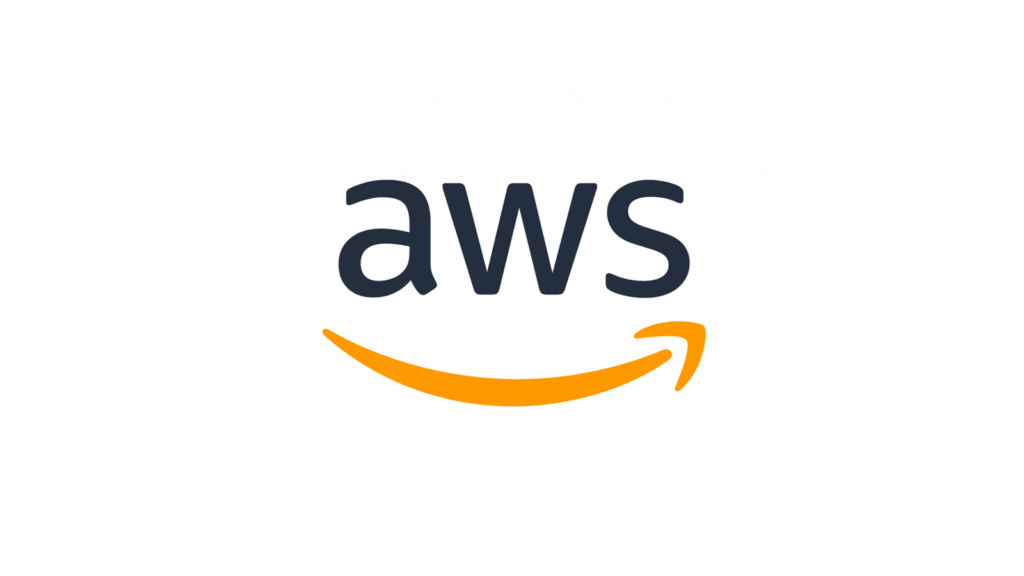
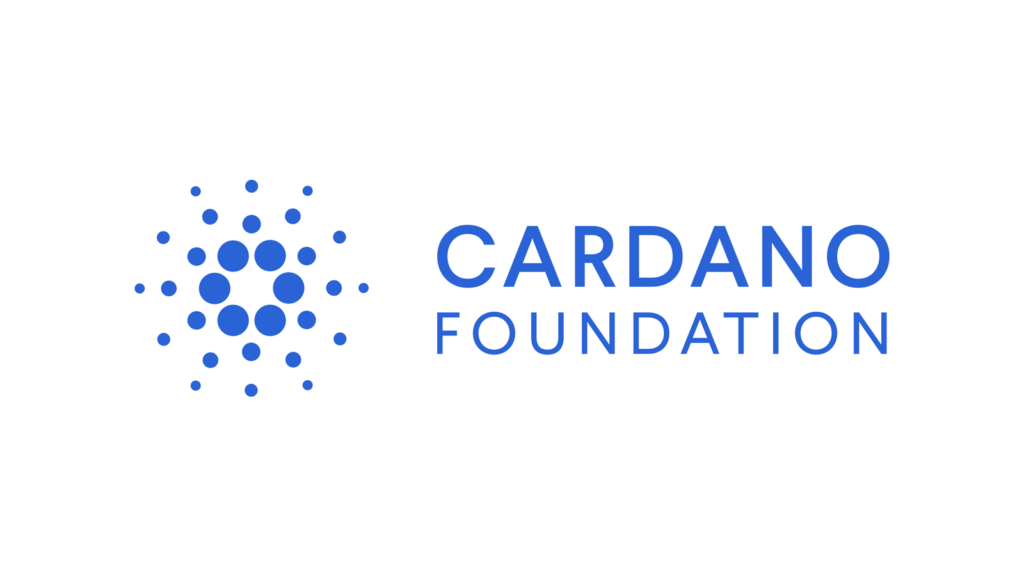
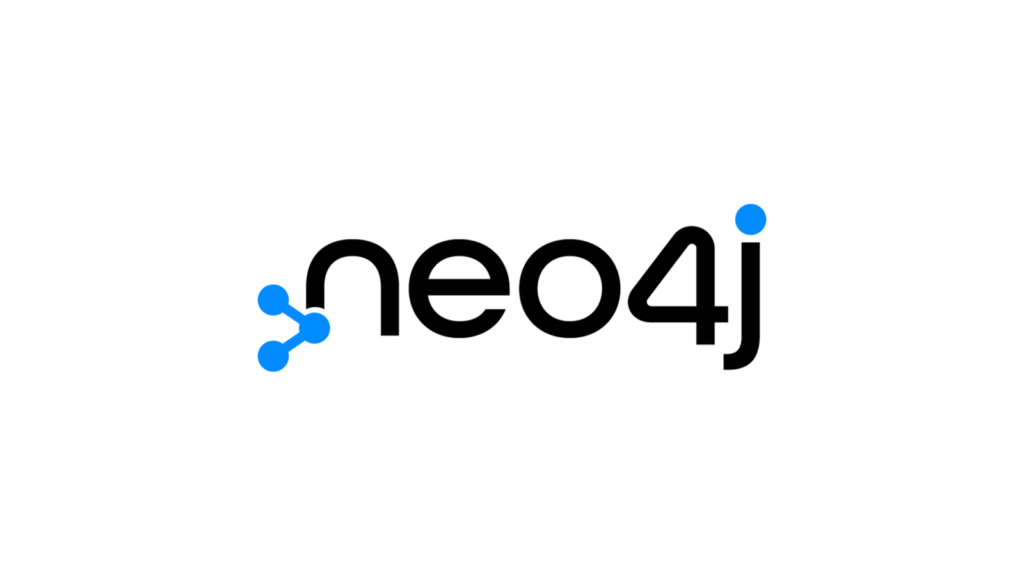
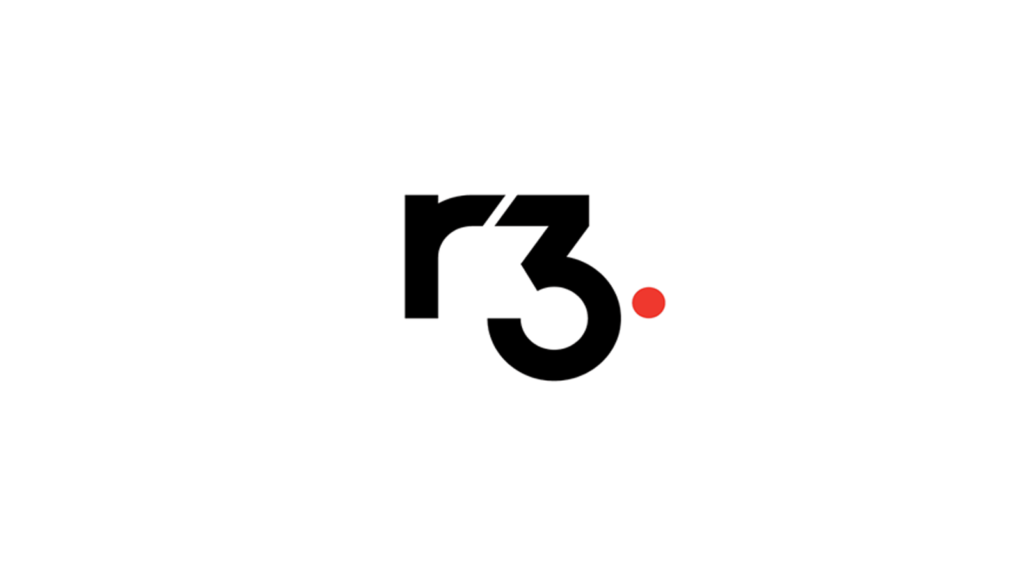
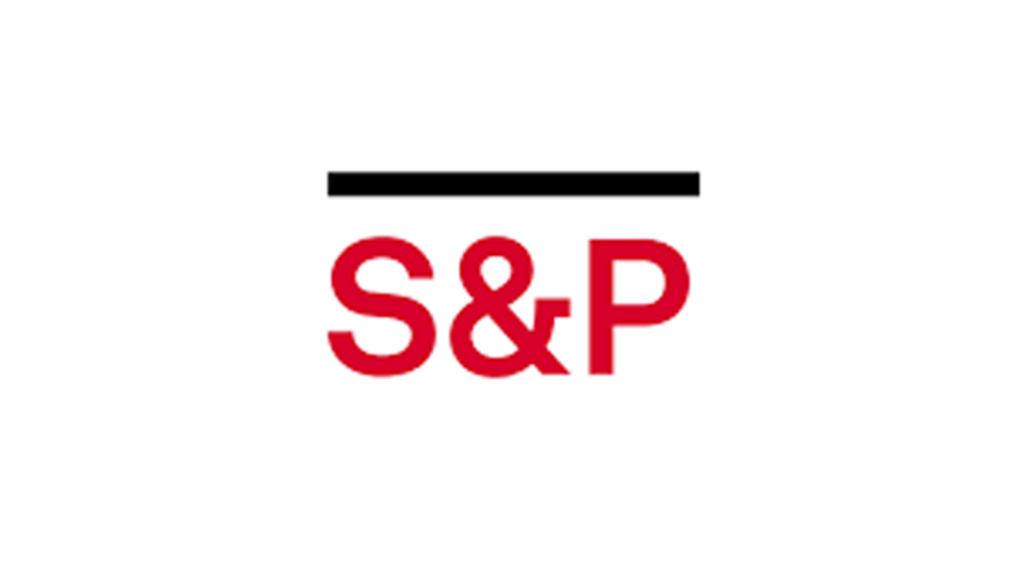


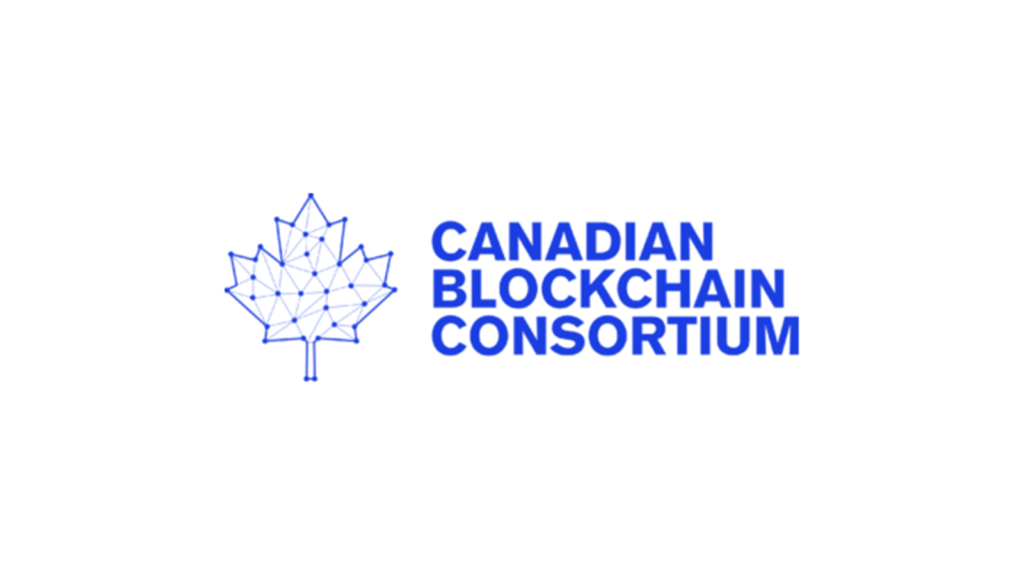
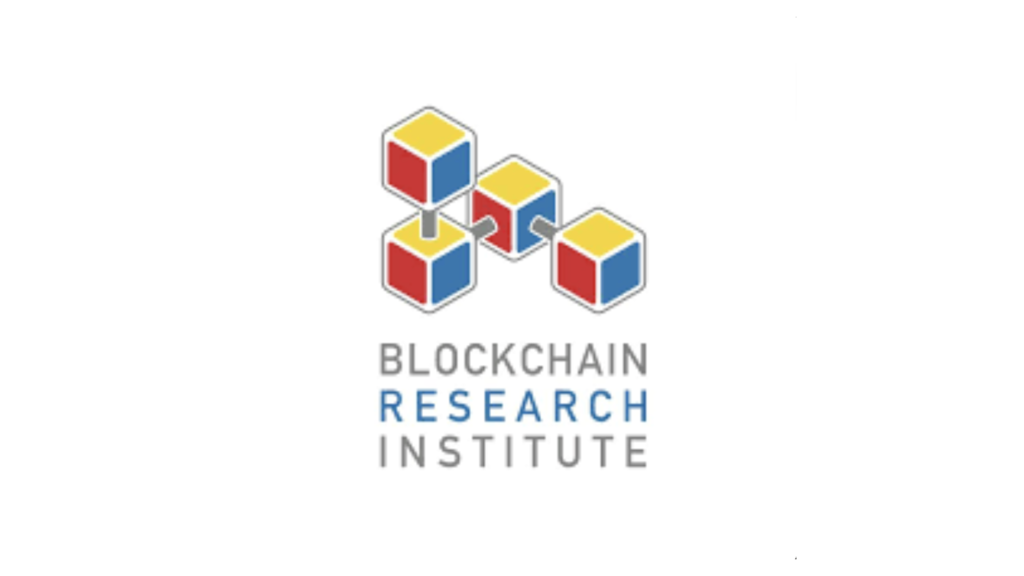
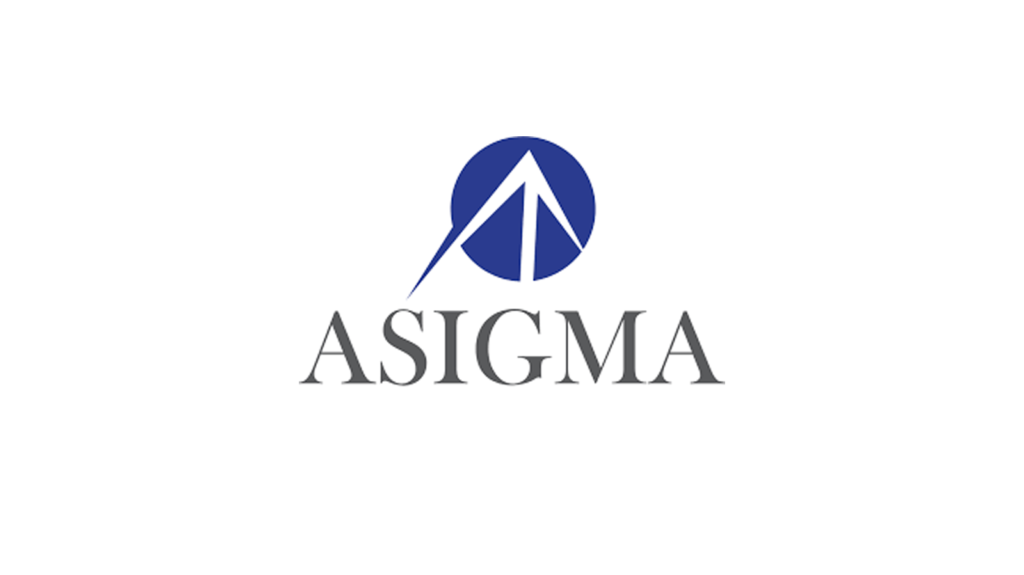


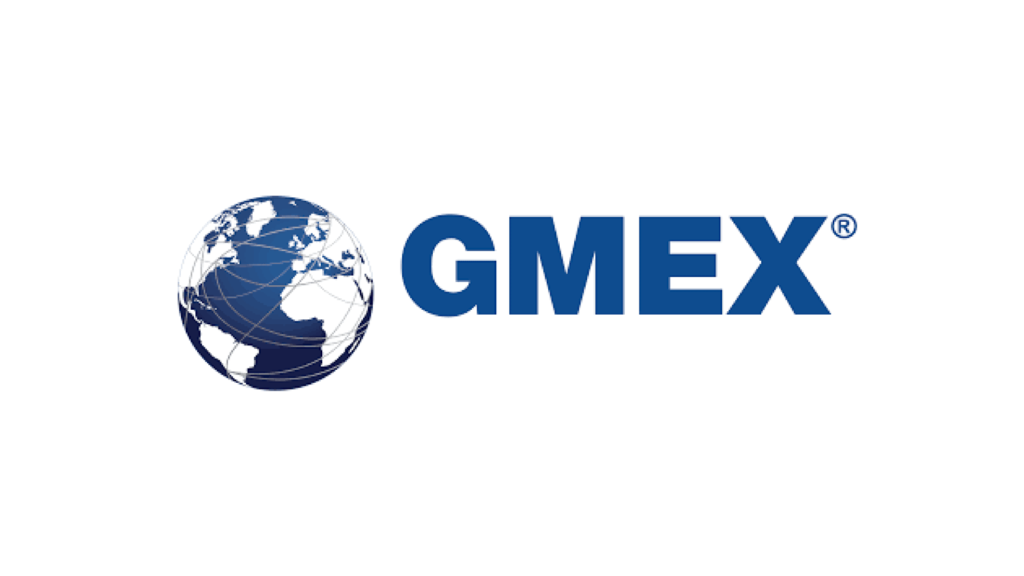
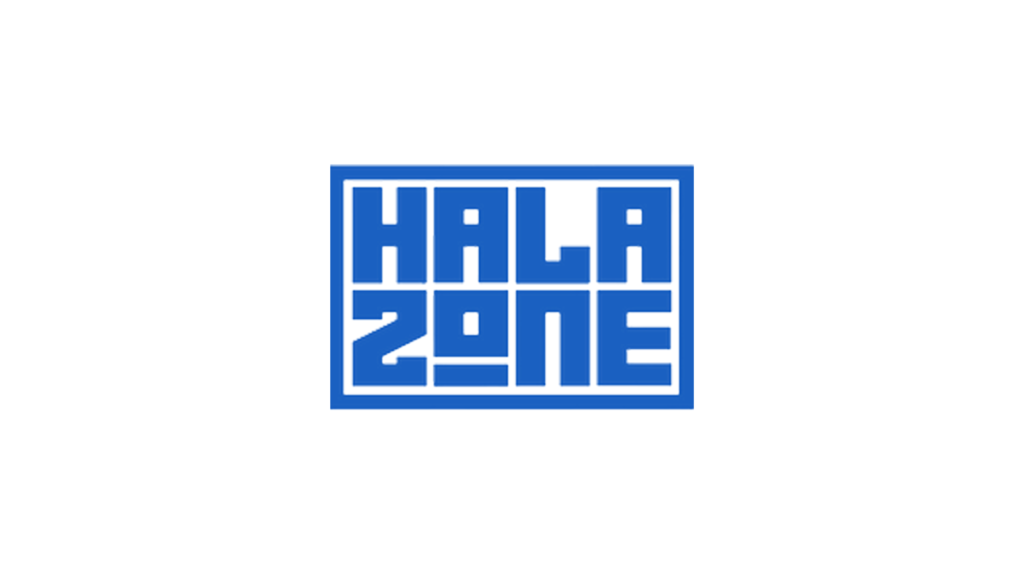
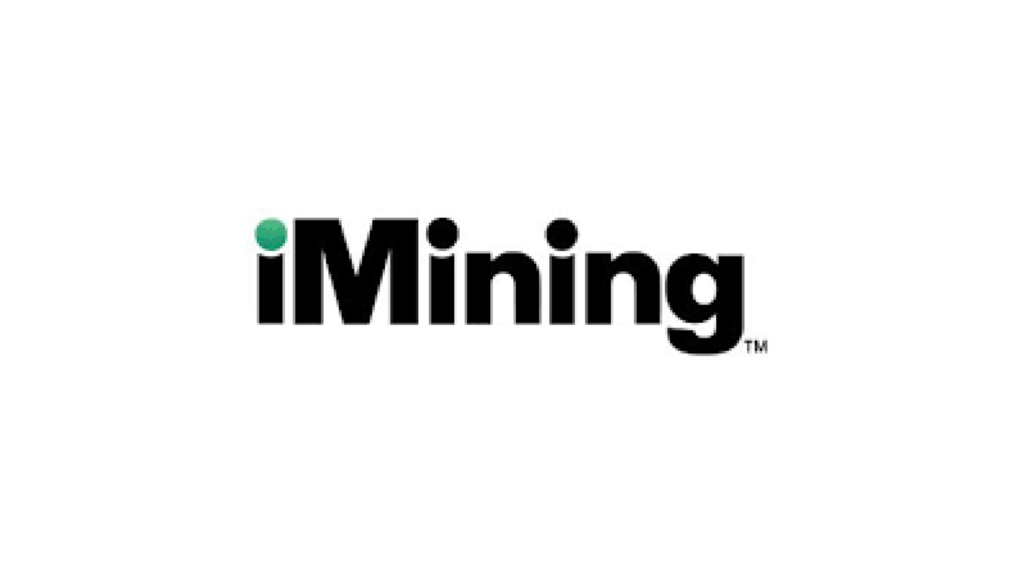

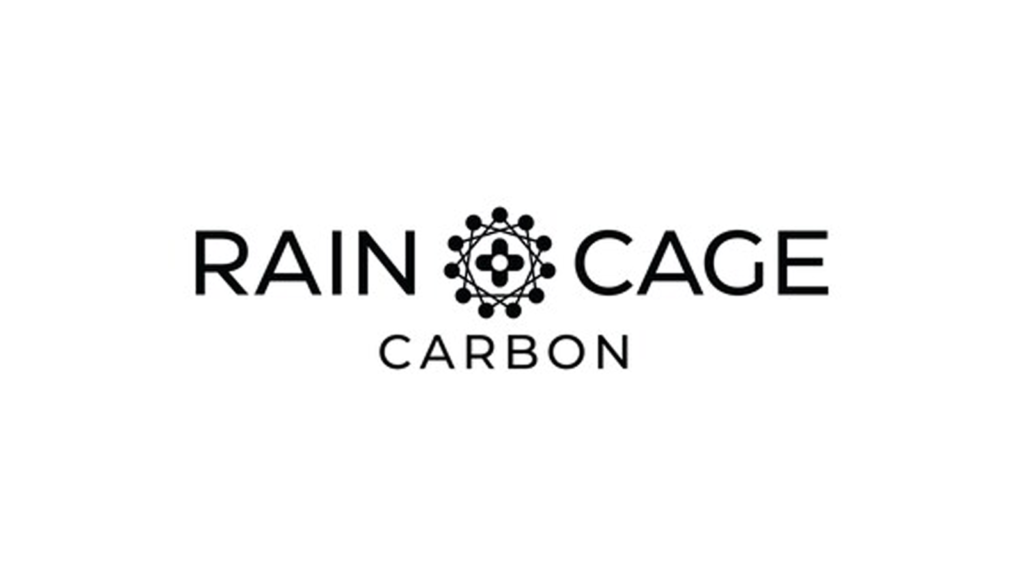
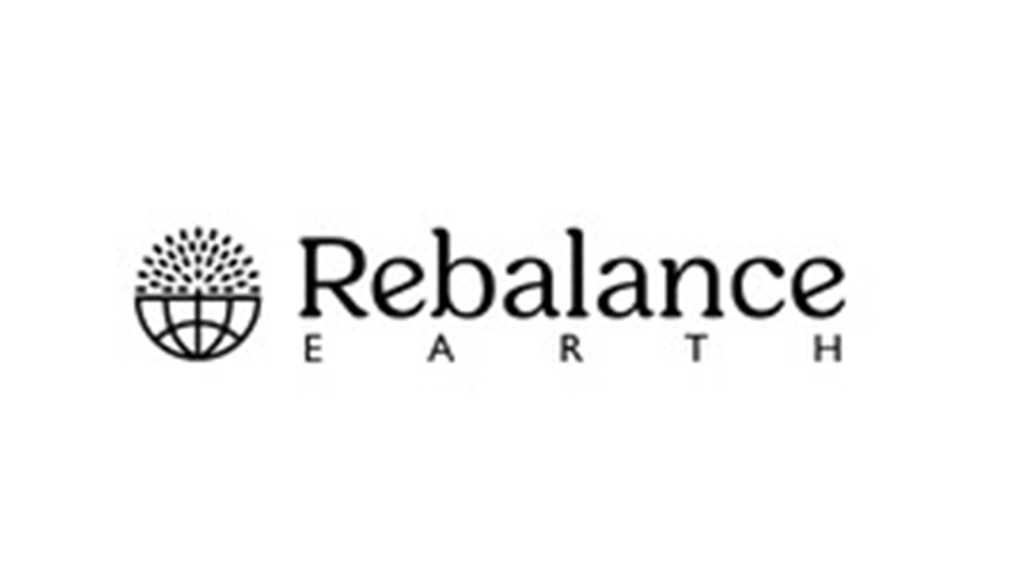

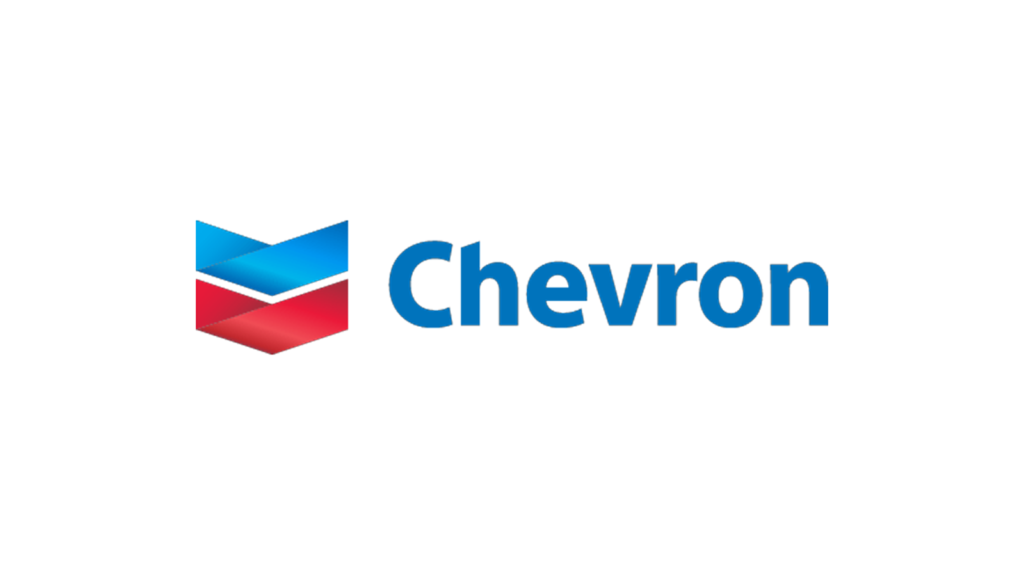
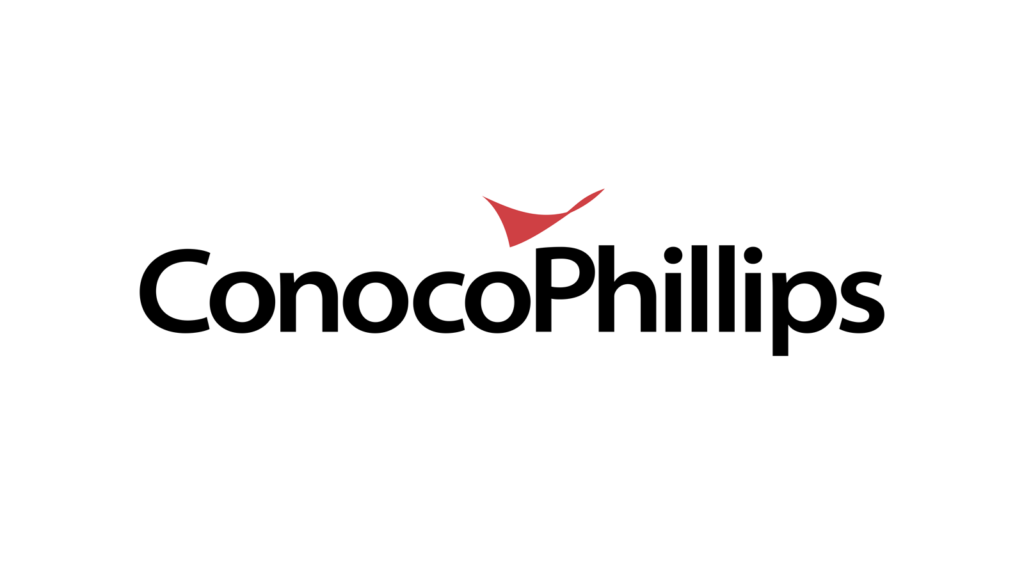
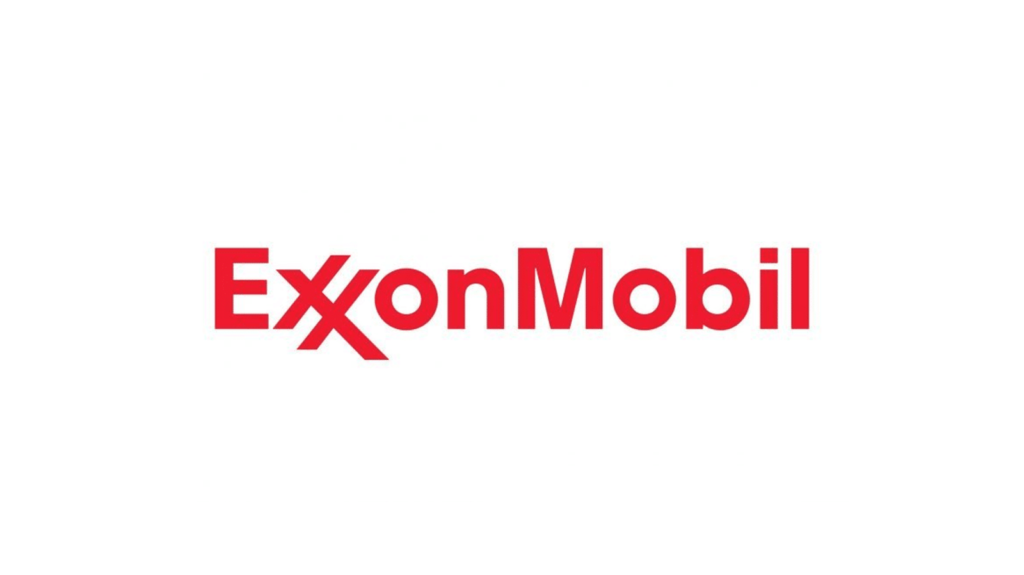
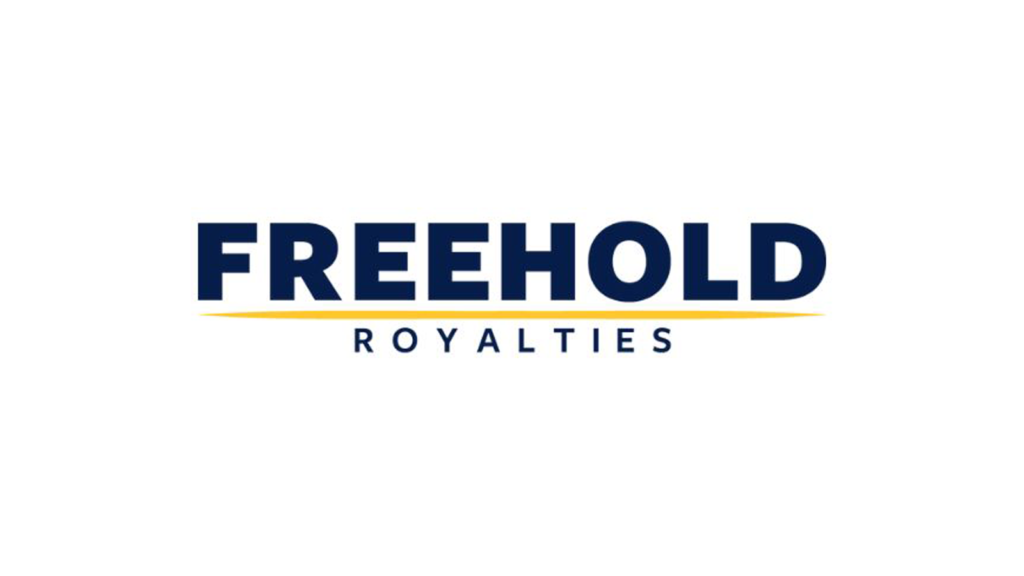
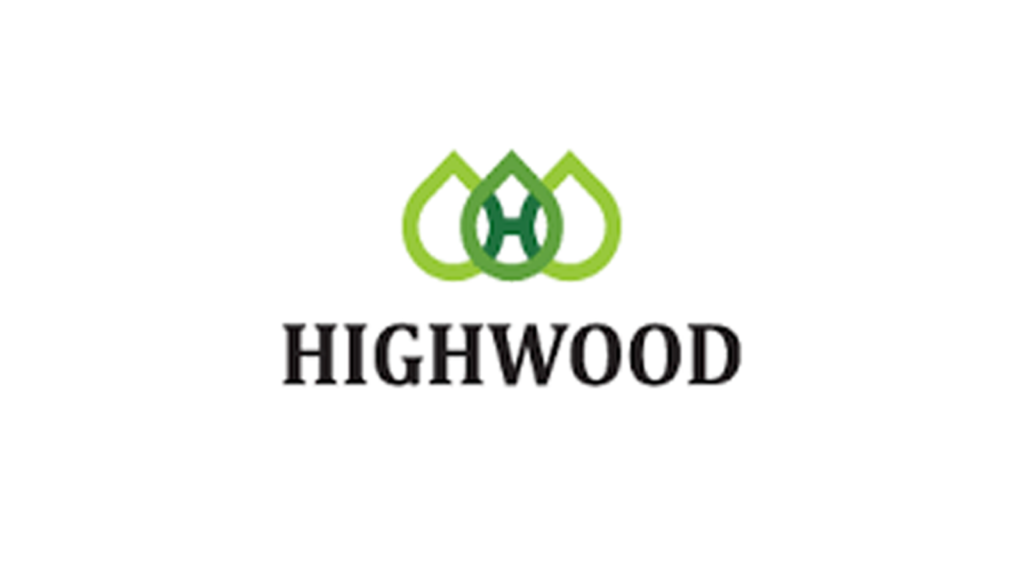
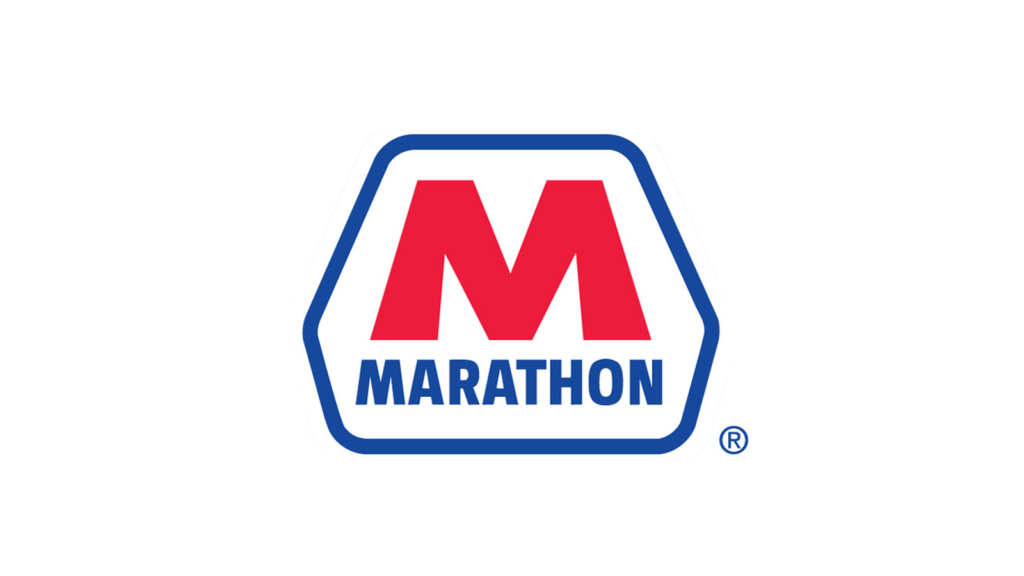
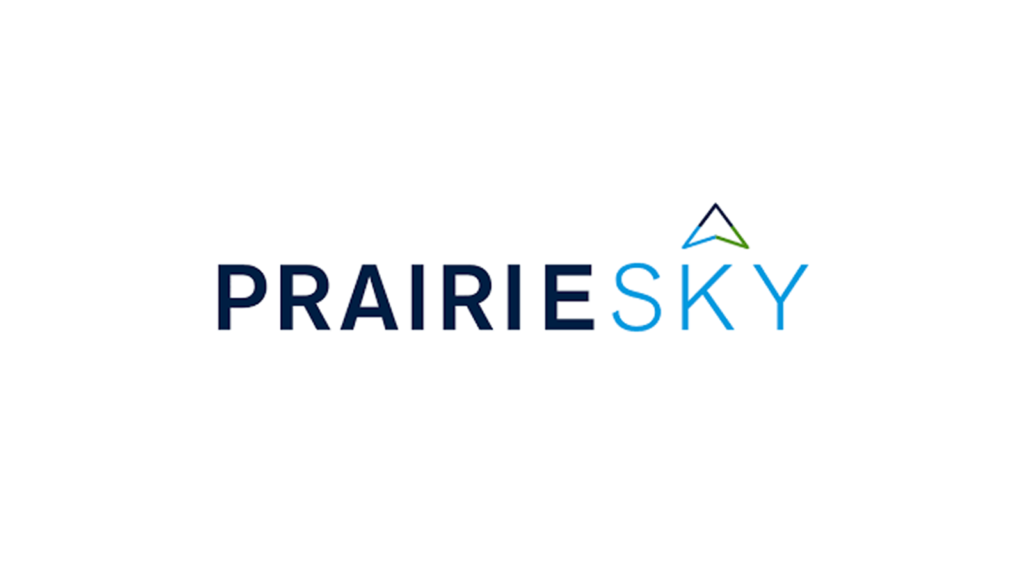
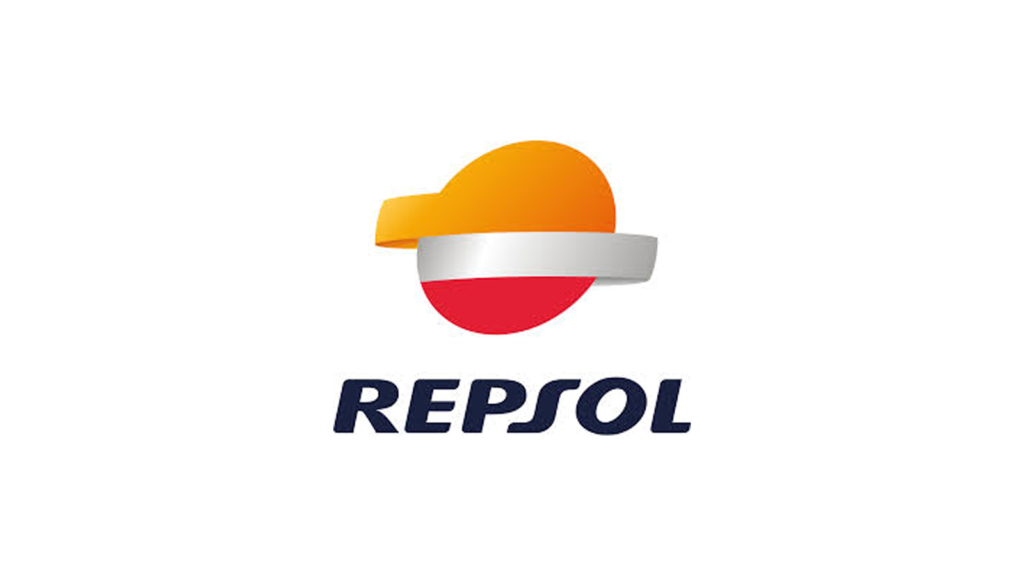

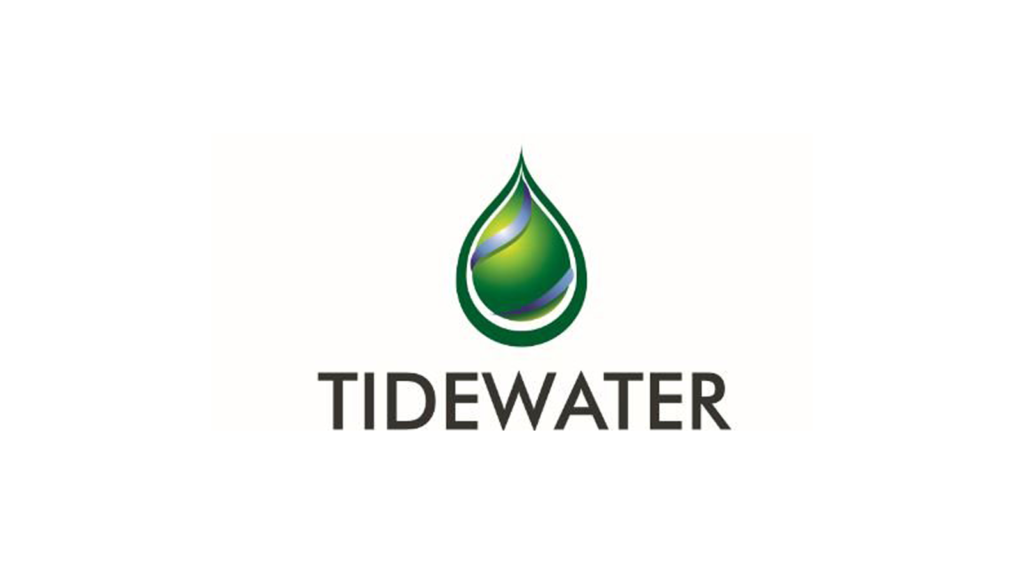
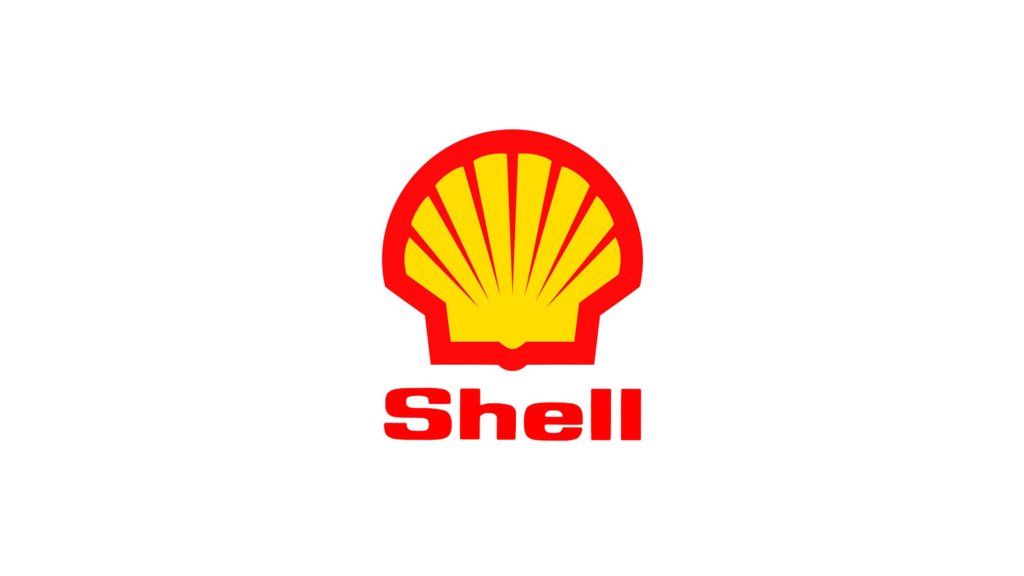

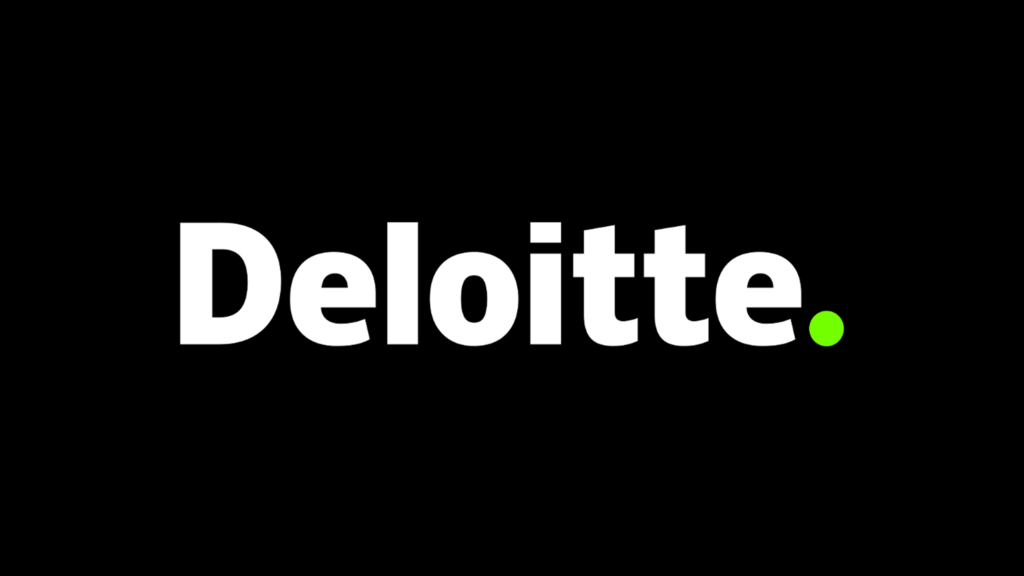





You must be logged in to post a comment.